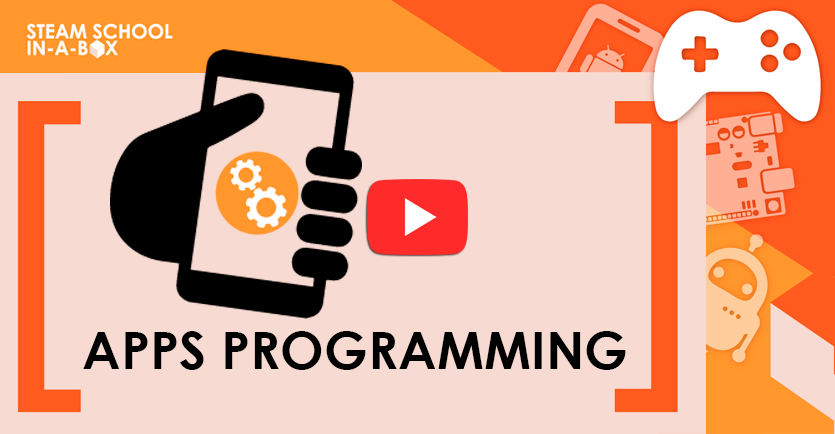Project Description
TEENS: ADVANCED PROGRAMMING FOR SECONDARY SCHOOL
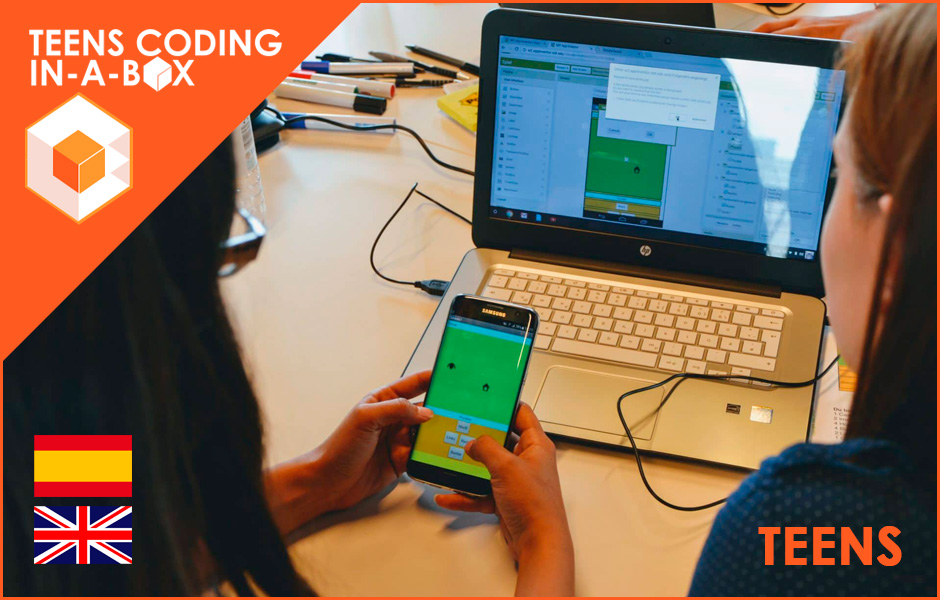
SCHOOL STAGE: Secondary School (Spanish Education System)
RECOMMENDED AGE: 12, 13, 14 and 15 years
AVAILABLE LANGUAGES:
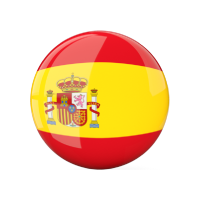
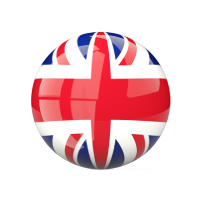
DURATION: 4 school years
TECHNOLOGIES:
Apps and video games programming, Arduino.
![]() TECHNOLOGICAL YOUTH PASSPORT ACCREDITATIONS:
TECHNOLOGICAL YOUTH PASSPORT ACCREDITATIONS:
Some modules have an official accreditation of knowledge included in the TYP.
On completing the SCHOOL TECHNOLOGICAL CURRICULUM STEAM SCHOOL IN-A-BOX students will be able to obtain the corresponding qualifications:
VIDEO GAMES PROGRAMMER
APPS PROGRAMMER
MAKER DIY ENGINEER
GENERAL OBJECTIVES:
PROGRAMMING APPS
The TEENS CODING IN-A-BOX students will program APPs in order to be accredited within the TYP. As a novelty, they will learn to program a complete video game for a mobile platform, incorporating behaviors to objects, a scoring system and sound effects. WATCH VIDEO
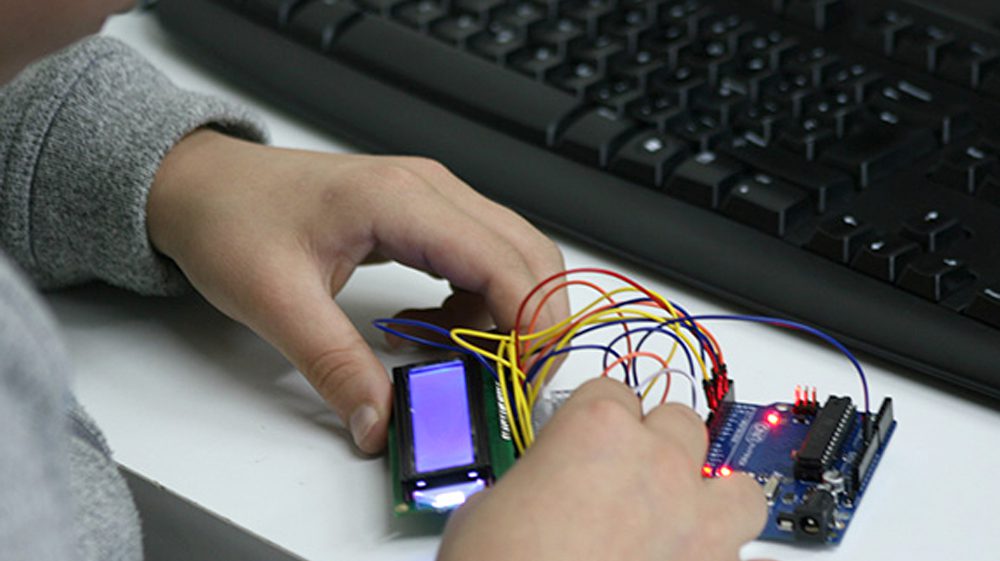
ARDUINO PROJECTS
They will also program various Arduino projects, in which they will face, with progressive difficulty, advanced electronics concepts.
ADVANCED TECHNOLOGIES
NETWORKS AND SECURITY
HOME AUTOMATION AND IOT
SYLLABUS AND PLANNING
CURRICULAR CONTENTS FOR TEENS 2019/20
| BLOCKS OF CONTENT | MODULES | TEENS 1 12 years |
TEENS 2 13 years |
TEENS 3 14 years |
TEENS 4 15 years |
|---|---|---|---|---|---|
| VIDEO GAMES PROGRAMMING WITH SCRATCH | INTRODUCTION TO PROGRAMMING VIDEO GAMES | YOUR FIRST VIDEO GAME: Interactive introduction to the environment. Review of Basic Programming by blocks. Learn to move an object within a program. Learn to use loops within a program. Know and use conditionals to generate more complex programs. Establish interactions between objects within a program. |
|||
| VIDEO GAMES PROGRAMMING: PROJECTS | SPACE ADVENTURE | INTERACTIVE MAP | SNAKE PRO | ARKANOID | |
| WEB CONTENT MANAGER | THE CLASS BLOG | Learn to capture videos on your screen. Learn to create and edit your videos. Learn how to use a YouTube channel. Learn how to publish on our technology blog. |
– | – | – |
| MOBILE APPLICATION DEVELOPMENT | MOBILE APPLICATION DEVELOPMENT FUNDAMENTALS | TAP THE TOXICS (Video game application for mobile platform): Specific components: Canvas, sprite image and interaction between objects. Learn to use multiple screens in the same application. Know the components used to create drawings and animation. Know the canvas coordinate system and the address system to learn how to position and move sprites in it. Program the movement and interaction of the sprites with the user, with the canvas and with other sprites. Use procedures to avoid repeating some recurring processes (simplify programming). |
|||
| MOBILE APPS PROGRAMMING | |||||
| PROGRAMMING WITH PYTHON | PROGRAMMING WITH PYTHON FUNDAMENTALS | – | – | – | What is Python? How do I start programming with Python? Working with variables in Python. Interactive exercises. Collect data by keyboard. Useful information: Comments. Convert string to number in Python. Conditional statements. Conditional sentences II. While loop. Arduino programming with Python. Interactive exercises. Programming Fundamentals with PYTHON II. Object-oriented programming in PYTHON. |
| WEB PROGRAMMING HTML AND CSS | WEB PROGRAMMING: HTML AND HTML5 | HTML. History of HTML. Basic structure. Headboard. Body. Titles. Paragraphs. Line breaks. Images. Links. Images with links. Unordered and ordered lists. Boards. Video. Divs. Comments.
FREE PROJECT |
– | – | HTML. History of HTML. Basic structure. Headboard. Body. Titles. Paragraphs. Line breaks. Images. Links. Images with links. Unordered and ordered lists. Boards. Video. Divs. Comments.
FREE PROJECT |
| WEB PROGRAMMING WITH CSS AND CSS3 STYLE SHEETS | CSS structure. Styling HTML elements with CSS. Technical note on Forms and Databases. The HTML course is scheduled to be taught on two occasions. One is 12 years old and the other 15 years old. The second year the content will be related to the publishing services of a website. These services are seen in the WEB, MAIL, DHCP, DNS SERVERS module. |
– | – | CSS structure. Styling HTML elements with CSS. Technical note on Forms and Databases. The HTML course is scheduled to be taught on two occasions. One is 12 years old and the other 15 years old. The second year the content will be related to the publishing services of a website. These services are seen in the WEB, MAIL, DHCP, DNS SERVERS module. |
|
| 3D PRINTING AND MODELLING | 3D PRINTING | – | Types of printing technologies. 3D printer models. Operation of filament printers. Laminating software. |
– | – |
| TECHNICAL DRAWING AND 3D MODELLING CONCEPTS | – | – | Design interface. How to use the mouse to model. Tools. Add shapes. Modify figures. Position and rotation. Composition, decomposition and intersection of figures. |
– | |
| ELECTRO-ROBOTICS WITH ARDUINO | ARDUINO FUNDAMENTALS | YOUR FIRST ARDUINO CLASSES: Introduction to the Arduino environment. Writing and digital reading. What is Arduino? Programming environment. Simulator. Brief introduction to electronics. You wait Loops. Conditionals. |
|||
| ARDUINO BASIC COMPONENTS AND STRUCTURES | Specific components of the Project: Ultrasound Sensor, Buzzer and RGB. Learn to read and write digitally. Know the RGB LED and program different colors through PWM. Use relational operators correctly. Understand the operation of the ultrasonic sensor. |
||||
| ARDUINO FINAL PROJECT | SIMON SAYS (ELECTRONIC SIMON PROJECTS) | ||||
| AI WITH SCRATCH | INTRODUCTION TO ARTIFICIAL INTELLIGENCE | Learn to train an Artificial Intelligence. Learn to use programming blocks associated with trained Artificial Intelligence. |
– | – | – |
| ELECTRONICS | FUNDAMENTALS OF ELECTRONICS | Ohm’s Law. Fundamental quantities. Short circuit and open circuit. Power and Energy. |
|||
| ADVANCED ELECTRONICS | Using the multimeter to measure voltage, intensity and resistance. | Alternating Current and Direct Current. Differentiate signals. Alternate signal parameters. Rectifiers. Zener diode. Regulate tension. |
Differentiate between analog and digital signal. Bit concept. Convert a binary system to decimal and vice versa. Control systems. Differentiate open loop and closed loop. Differentiate signals. Alternative signal parameters. Rectifiers. |
– | |
| CIBERSECURITY | CIBERSECURITY AND ANTI-HACKING | Authentication. Authorization. Accounting. Symmetric encryption. Authentication Mechanisms. Google Activity Tracking. Password management. Multi-factor authentication. Good practices creating passwords. Password management by software. |
Trace of Internet activity. Risks in Social Networks. What does Google know about you? What data do you unknowingly give to companies? Different types of hackers. Malware. Types of Malware. Big data and activity monitors. |
– | – |
| EMERGING TECHNOLOGIES | EMERGING TECHNOLOGIES | Cloud Computing Services. Benefits of Cloud Computing. IaaS, PaaS, SaaS. Public, Private and Hybrid Clouds. Fog Computing. IoT. Fog Computing vs. Cloud Computing. |
Big data. Pillars of Big Data. Dimensions and changes that society will undergo with Big Data. Third party Big Data projects. Technology and Society. |
– | – |
| NETWORKS I & II | NETWORKS I & II | – | – | OSI model. Layered model. Protocols. Encode, compress and encrypt. Hardware and Software Communications. Network Interface Card. Elements of a network. New devices and IoT. Router functions. Firewall functions. Network classification according to three factors. |
– |
| ARDUINO CREATIVE PROJECT / TECHNOLOGICAL SHOW | ARDUINO CREATIVE PROJECT / TECHNOLOGICAL SHOW | ARDUINO CREATIVE PROJECT / TECHNOLOGICAL SHOW (According to health situation) |
|||


